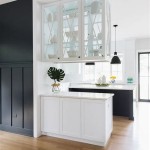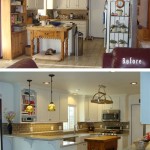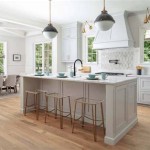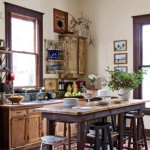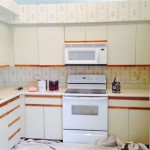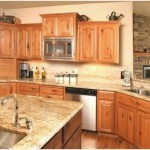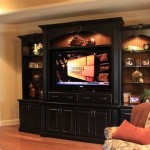Adding Molding to Kitchen Cabinets: A Comprehensive Guide
Adding molding to kitchen cabinets is a versatile and cost-effective way to enhance the aesthetics, functionality, and value of your kitchen. From classic crown molding to elegant baseboard molding, there are countless options to complement any design style.
### Function and Benefits of Molding1. Enhanced Aesthetics: Molding adds visual interest and definition to cabinets, transforming plain boxes into architectural masterpieces.
2. Protection: Baseboard molding shields the bottom of cabinets from moisture, dirt, and debris, reducing the risk of damage.
3. Vertical Alignment: Crown molding disguises any unevenness or gaps between cabinets and the ceiling, creating a clean and seamless appearance.
4. Increased Storage: Some molding designs, such as shelf molding, provide additional storage space for spices, utensils, or decorative items.
### Types of Molding1. Crown Molding:
Arched or angled molding installed at the top of cabinets to add height and elegance.2. Baseboard Molding:
Vertical molding attached to the base of cabinets to protect and conceal the gap between the cabinets and floor.3. Shelf Molding:
Horizontal molding added to the interiors of cabinets to create additional storage or display areas.4. Pilaster Molding:
Flat, vertical molding applied to the sides of cabinets to enhance their appearance and depth.5. Valance Molding:
Horizontal molding suspended from the bottom of upper cabinets to conceal the underside and add a touch of ornamentation. ### Materials for MoldingMolding is typically made from various materials, including:
1. Wood: Real wood molding is durable, versatile, and customizable, but it can be expensive and susceptible to moisture damage.
2. MDF (Medium-Density Fiberboard): MDF is a composite material that is less expensive than wood but still strong and easy to work with.
3. Vinyl: Vinyl molding is water-resistant, durable, and available in a wide range of colors and styles.
4. Fiberglass: Fiberglass molding is highly durable and resistant to moisture, making it ideal for kitchens with sinks or dishwashers nearby.
### Installation TechniquesMolding installation requires careful planning and precise execution.
1. Measuring and Cutting: Accurately measure and cut the molding to the correct length and angles.
2. Attaching the Molding: Use adhesive or nails to secure the molding to the cabinets.
3. Filling and Finishing: Fill any gaps or nail holes with wood filler and sand the surface smooth. Then, paint or stain the molding to match the cabinets.
### ConclusionAdding molding to kitchen cabinets is a rewarding project that can transform the look of your kitchen and increase its functionality. With careful planning and execution, you can enhance the aesthetics, protect your cabinets, and add valuable storage space to your home.

How To Add Trim And Paint Your Laminate Cabinets

Adding Moldings To Your Kitchen Cabinets Remodelando La Casa

Diy Kitchen Cabinet Upgrade With Paint And Crown Molding

From Drab To Fab Adding Trim Cabinets

Adding Crown Molding To Cabinets Young House Love

From Drab To Fab Adding Trim Cabinets

Adding Height To The Kitchen Cabinets Tempting Thyme

Adding Shaker Trim To Flat Panel Cabinets Hometalk

Easy And Inexpensive Cabinet Updates Adding Trim To Cabinets Drawers The Rozy Home

How To Add Trim And Paint Your Laminate Cabinets
Related Posts

